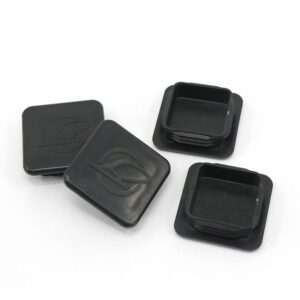If you want to know how injection molds are produced, then you must know the process and principles of injection molding, which will deepen your understanding of injection mold tooling.
At a certain temperature, the plastic heated to a molten state is injected into the closed mold cavity by the push of the screw, and the process of obtaining the product after a period of cooling and solidification is called the injection molding process.
Injection molding can be said to be a cyclic process. A cycle mainly includes: feeding – heating, melting, and plasticizing – pressure injection – die cooling – fixed die removal. The mold is closed after the plastic part is removed, and the cycle begins again.
The movable mold and the fixed mold form an injection mold. The movable mold is installed on the movable plate, and the fixed mold is installed on a fixed plate. When the machine is working, the movable mold and the fixed mold are closed to form a pouring system. And the mold cavity, when the mold is separated, the plastic parts or beer parts are left on the side of the movable mold, and finally, the plastic parts in the movable mold are ejected by the demolding mechanism.
In simple terms, injection molding can be divided into six parts: mold clamping, glue injection, pressure holding, cooling, mold opening, and product removal.
At the same time, the injection molding machine can be divided into eight systems: molding parts, gating system, guide parts, demolding structure, core pulling structure, mold temperature adjustment system, exhaust system, and some other structural parts.
Injection molding has many advantages, which is why it is now chosen by most people. The production speed of injection molding is very fast, which can ensure good quality. The products produced have various shapes and styles, and the products have high precision and a high degree of automation.




